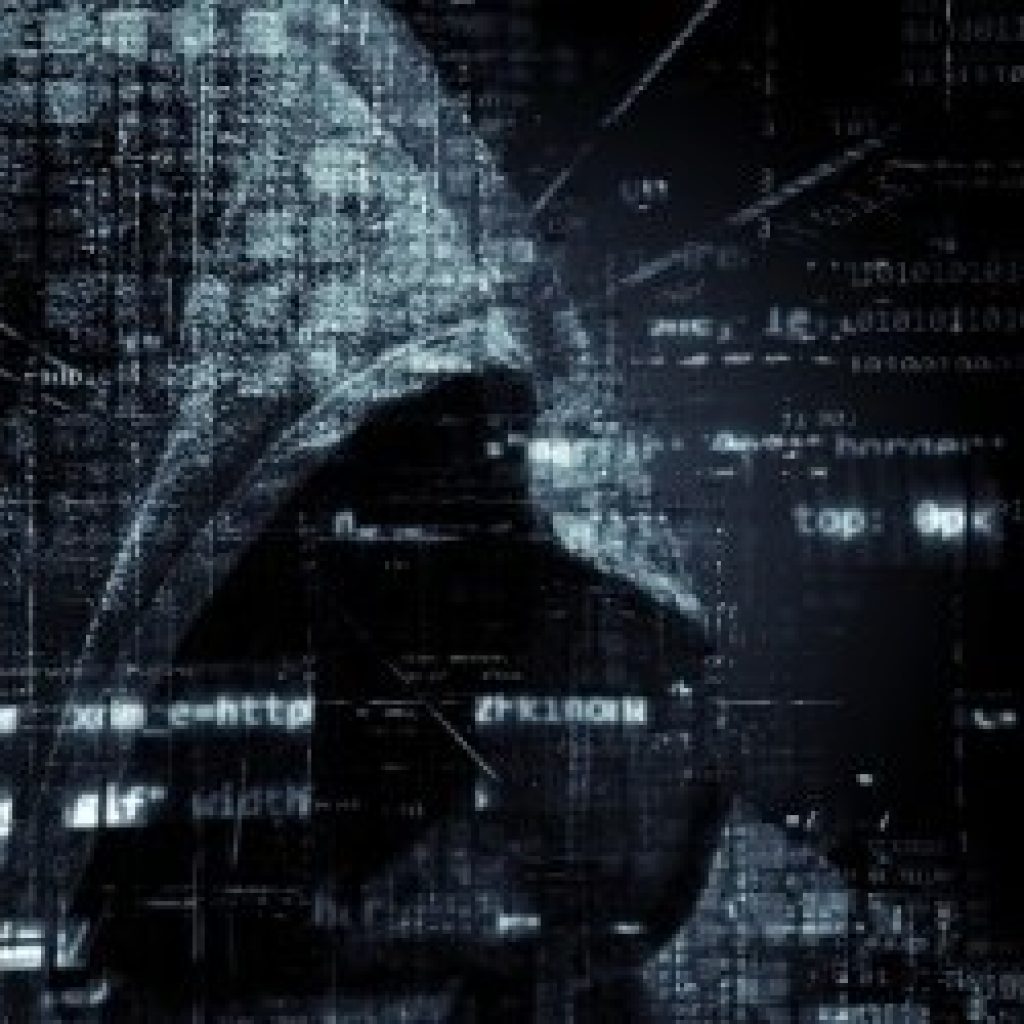(HackADay) When quantum computers become capable enough, the threat to a lot of our encrypted communication is a real one. If one can no longer rely on simply making the brute-forcing of a decryption computationally heavy, all of today’s public-key encryption algorithms are essentially useless. This is the doomsday scenario, but how close are we to this actually happening, and what can be done?
One has to look at the classical encryption algorithms in use today to see which parts of them would be susceptible to being solved by a quantum algorithm in significantly less time than it would take for a classical computer. In particular, we should make the distinction between symmetric and asymmetric encryption.
Symmetric algorithms can be encoded and decoded with the same secret key, and that has to be shared between communication partners through a secure channel. Asymmetric encryption uses a private key for decryption and a public key for encryption only two keys: a private key and a public key. A message encrypted with the public key can only be decrypted with the private key. This enables public-key cryptography: the public key can be shared freely without fear of impersonation because it can only be used to encrypt and not decrypt.
When can we expect to see quantum computers that can decrypt every single one of our communications with nary any effort? This is a tricky question. Much of it relies on when we can get a significant number of quantum bits, or qubits, together into something like a quantum circuit model with sufficient error correction to make the results anywhere as reliable as those of classical computers.
Even if in a decade or more from the quantum computing revolution will suddenly make our triple-strength, military-grade encryption look as robust as DES does today, we can always comfort ourselves with the knowledge that along with quantum computing we are also increasingly learning more about quantum cryptography.
In many ways quantum cryptography is even more exciting than classical cryptography, as it can exploit quantum mechanical properties. Best known is quantum key distribution (QKD), which uses the process of quantum communication to establish a shared key between two parties. The fascinating property of QKD is that the mere act of listening in on this communication will cause measurable changes. Essentially this provides unconditional security in distributing symmetric key material, and symmetric encryption is significantly more quantum-resistant.
Quantum Computing And The End of Encryption
